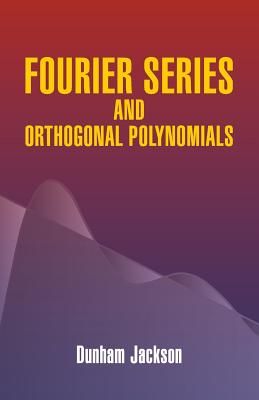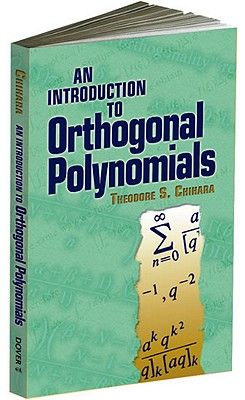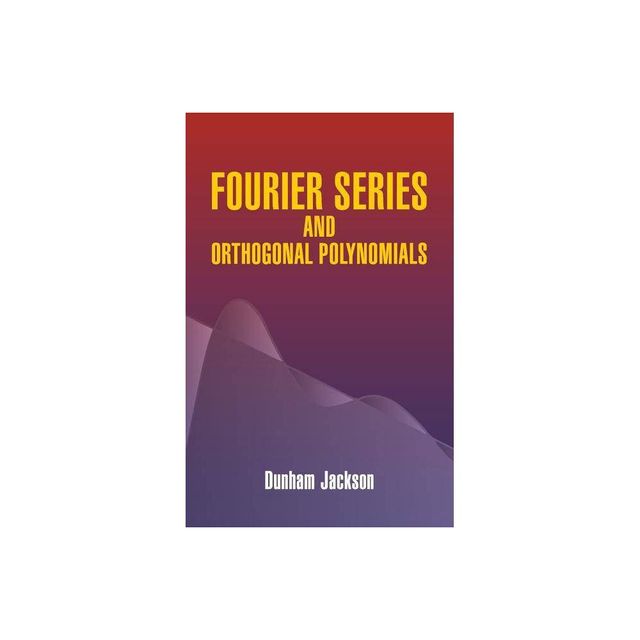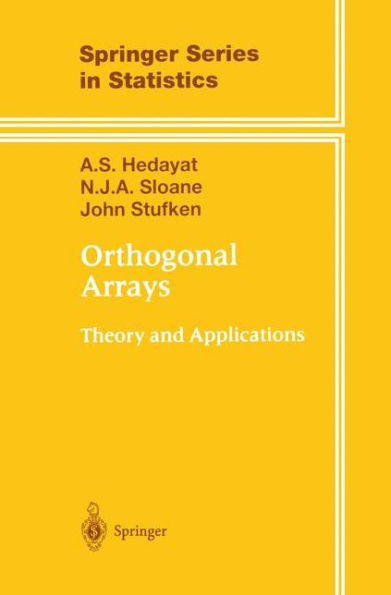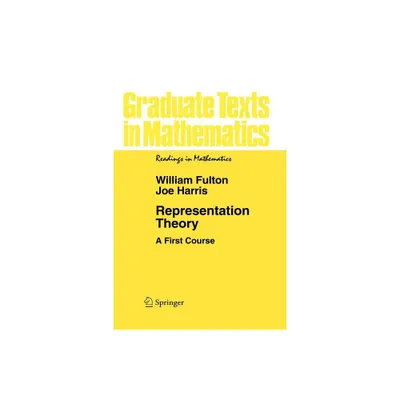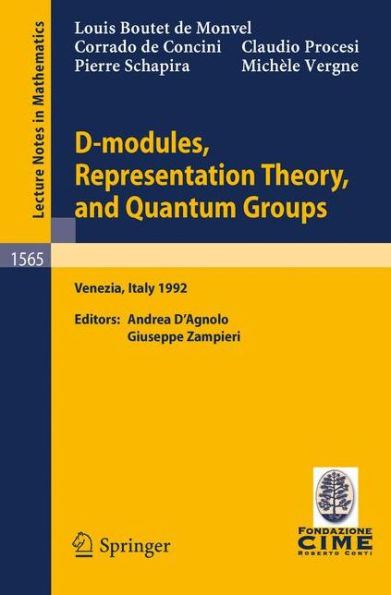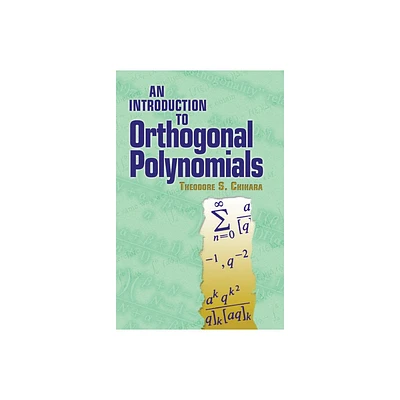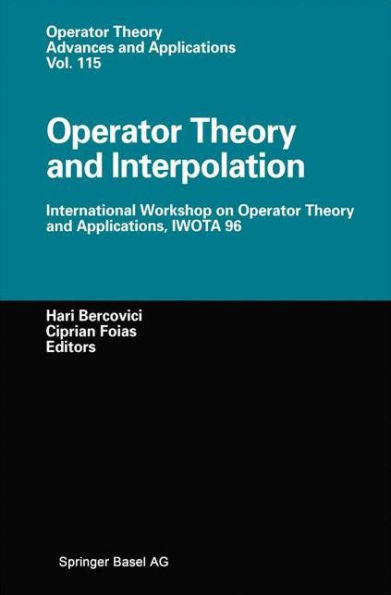Home
Arithmetical Investigations: Representation Theory, Orthogonal Polynomials, and Quantum Interpolations / Edition 1
Loading Inventory...
Barnes and Noble
Arithmetical Investigations: Representation Theory, Orthogonal Polynomials, and Quantum Interpolations / Edition 1
Current price: $49.95
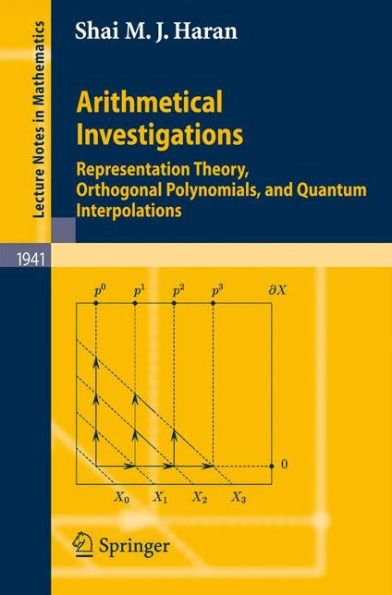

Barnes and Noble
Arithmetical Investigations: Representation Theory, Orthogonal Polynomials, and Quantum Interpolations / Edition 1
Current price: $49.95
Loading Inventory...
Size: OS
*Product Information may vary - to confirm product availability, pricing, and additional information please contact Barnes and Noble
In this volume the author further develops his philosophy of quantum interpolation between the real numbers and the p-adic numbers. The p-adic numbers contain the p-adic integers Z
p
which are the inverse limit of the finite rings Z/p
n
. This gives rise to a tree, and probability measures w on Z
correspond to Markov chains on this tree. From the tree structure one obtains special basis for the Hilbert space L
2
(Z
,w). The real analogue of the p-adic integers is the interval [-1,1], and a probability measure w on it gives rise to a special basis for L
([-1,1],w) - the orthogonal polynomials, and to a Markov chain on "finite approximations" of [-1,1]. For special (gamma and beta) measures there is a "quantum" or "q-analogue" Markov chain, and a special basis, that within certain limits yield the real and the p-adic theories. This idea can be generalized variously. In representation theory, it is the quantum general linear group GL
(q)that interpolates between the p-adic group GL
), and between its real (and complex) analogue -the orthogonal O
(and unitary U
)groups. There is a similar quantum interpolation between the real and p-adic Fourier transform and between the real and p-adic (local unramified part of) Tate thesis, and Weil explicit sums.
p
which are the inverse limit of the finite rings Z/p
n
. This gives rise to a tree, and probability measures w on Z
correspond to Markov chains on this tree. From the tree structure one obtains special basis for the Hilbert space L
2
(Z
,w). The real analogue of the p-adic integers is the interval [-1,1], and a probability measure w on it gives rise to a special basis for L
([-1,1],w) - the orthogonal polynomials, and to a Markov chain on "finite approximations" of [-1,1]. For special (gamma and beta) measures there is a "quantum" or "q-analogue" Markov chain, and a special basis, that within certain limits yield the real and the p-adic theories. This idea can be generalized variously. In representation theory, it is the quantum general linear group GL
(q)that interpolates between the p-adic group GL
), and between its real (and complex) analogue -the orthogonal O
(and unitary U
)groups. There is a similar quantum interpolation between the real and p-adic Fourier transform and between the real and p-adic (local unramified part of) Tate thesis, and Weil explicit sums.
